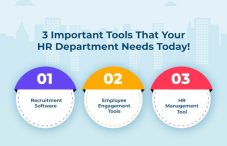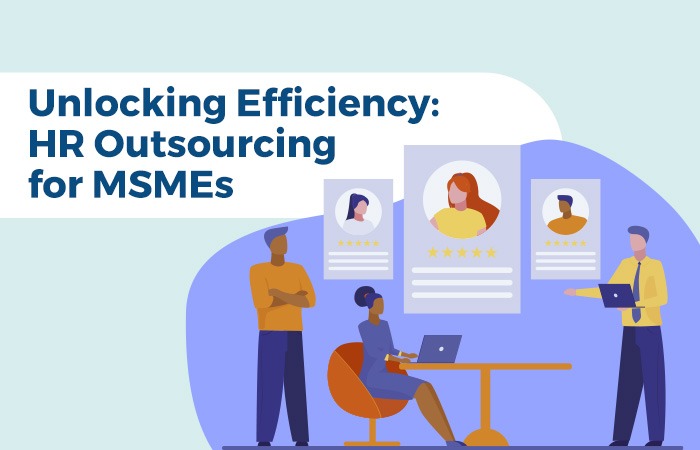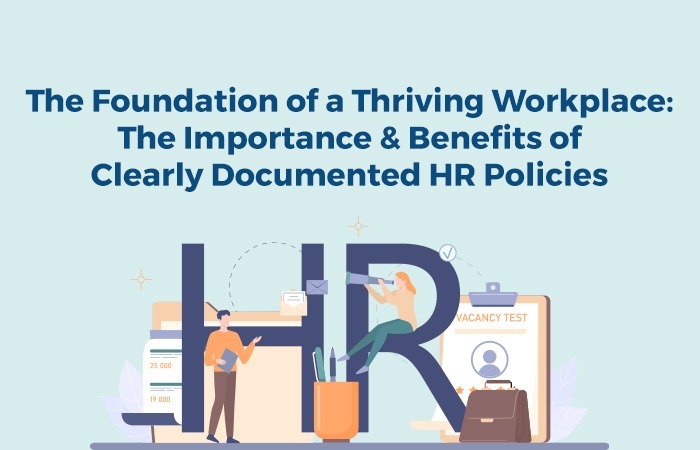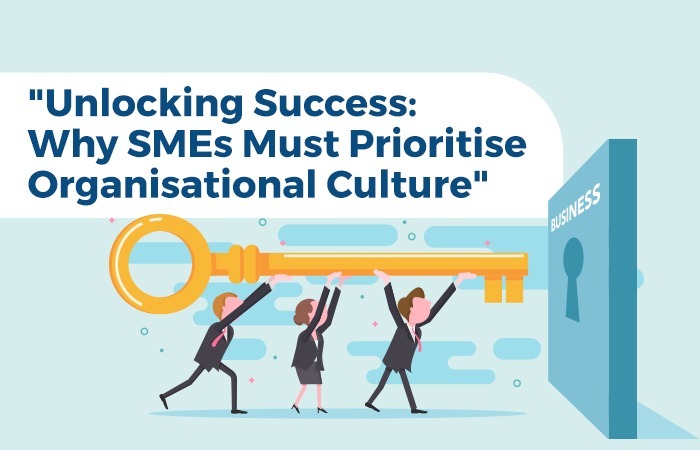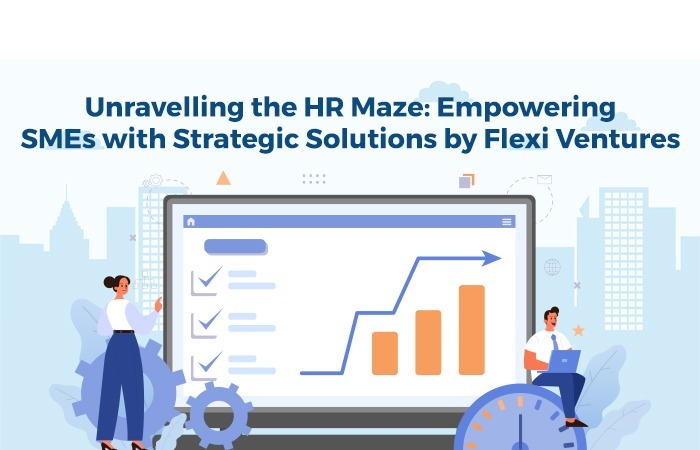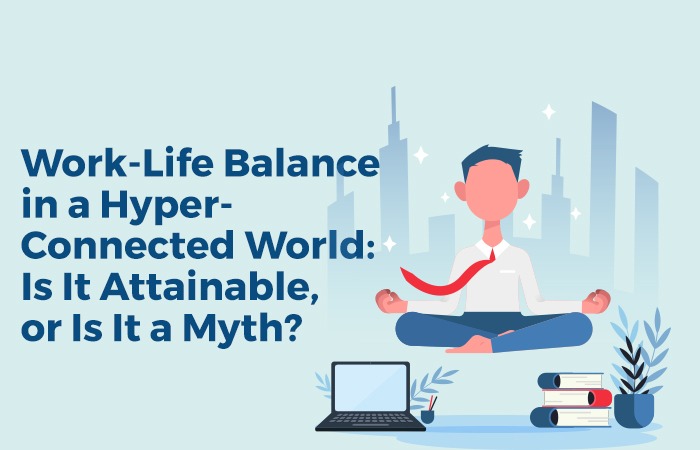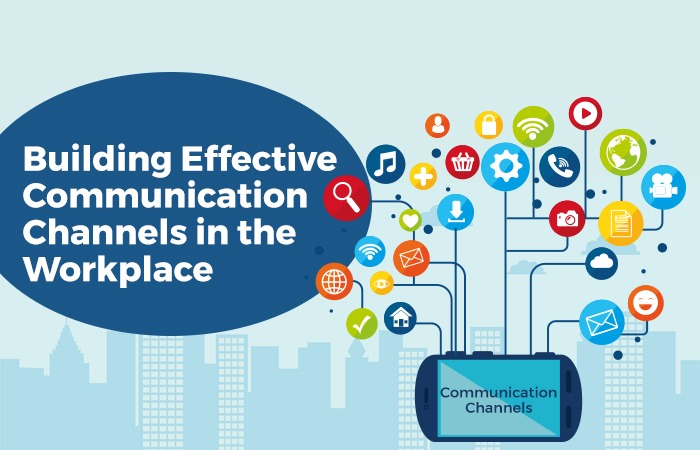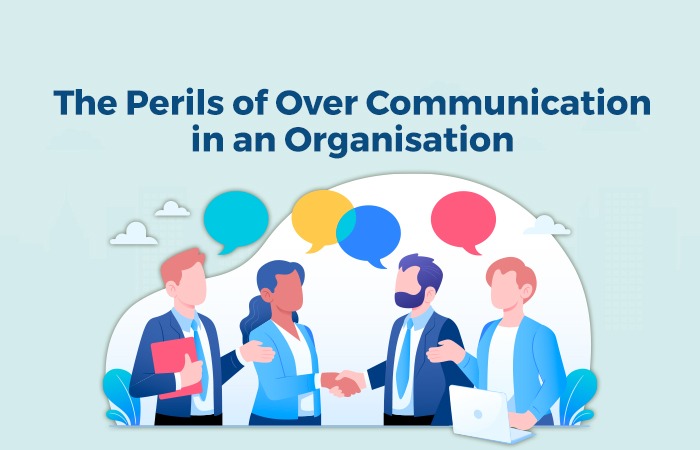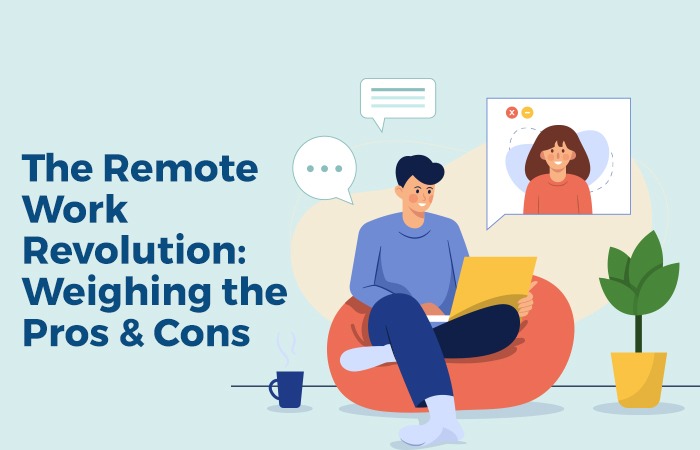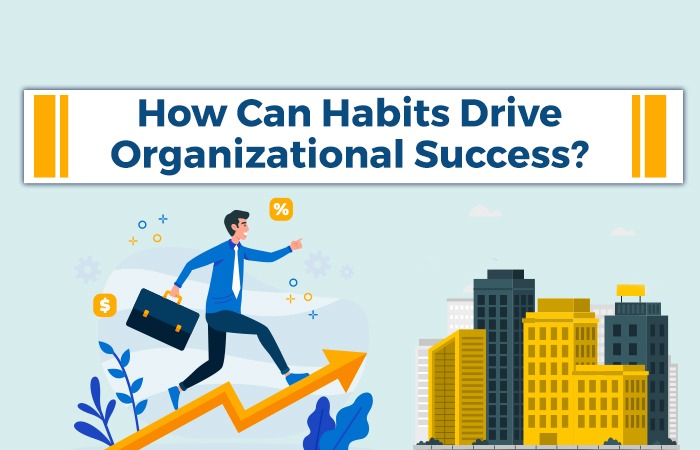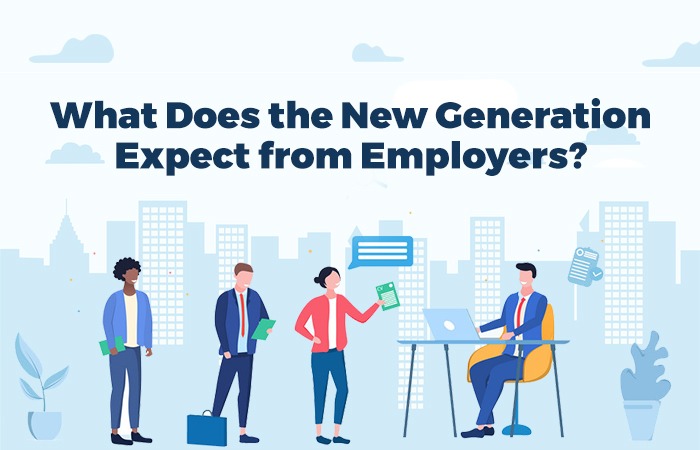Most organisations are now adopting digitalisation to keep up with the swift technological changes and the disruptions caused by the pandemic.
Studies conducted recently show how companies that were quick to adopt & use technology in HR outperformed those who did not.
The adoption of new age HR technology is helping improve communication and collaboration in the organisation. It is enhancing the employee experience along with improving the overall HR metrics and employee brand.
Moreover, with the businesses getting back to normal, most organisations have accepted a hybrid working model. There is a rise in the gig economy and most IT staffing companies in India and abroad are reporting an increase in the number of people looking for remote or contract work opportunities.
This evolved scenario requires making changes in the existing systems to accommodate the hybrid, remote, flexible and contract workers.
Here are 3 most important integrations that your HR department needs to consider.
- Recruitment software
- Employee Engagement tools
- HR management tool
- Recruitment Software
Recruitment software can help you streamline and automate the repetitive parts of the recruitment process using AI.
You can automate screening, scheduling interviews, communication with candidates, managing candidate information, managing offers, etc using the software.
Recruitment software not only reduce the workload of the recruiting team leaving them with more time to manage important work, but they can help reach a larger and better talent pool by integrating with various job boards and managing your job posts across all relevant social media and other platforms. You can now reach a larger and diverse talent pool across the globe that can work remotely.
Another big benefit is that it allows better collaboration amongst the HR teams since everyone logs into the same place to access information regarding hiring or candidates. All the information regarding the status of a job position or candidates is easily available to everyone and this leads to transparency and accountability.
While investing in a recruitment software, consider your size of business and the features that are relevant to you today and in the near future. You can compare the cost and features of the software to know if it makes business sense for your organisation to invest in a recruitment software.
- Employee Engagement Tools
Engaged employees are most crucial for ultimate success of any organisation. Even more so in the current hybrid and remote work environment where employees are missing out on the social capital.
Employee engagement solutions are incredible tools that can be game changers for your organisation.
An Employee Engagement tool helps you improve employee satisfaction by making their experience & interactions at the organisation seamless and smooth especially in the hybrid / remote work environment. The system focusses on building strong collaborations between team members using communications tools.
It can also help provide helpful insights into employee satisfaction by collecting feedback about their experiences, opinions and needs. They feel valued and that helps improve retention.
Another important aspect of an engagement tool is performance monitoring and evaluation. It can help assess various productivity metrics and provide a fair performance evaluation without the manager having to check in constantly.
Employee engagement tools can also help with training and onboarding using new age techniques like gaming.
Before deciding on an engagement tool, evaluate the features and how it can integrate with your existing systems.
- HR Management Tool
Human resource departments store and manage a lot of data and hence most organisations work with HR Management Systems (HRMS) to help them safely save and organise the information.
HRMS refers to a suite of tools or software that companies use to manage their human resources and related processes during an employee lifecycle.
An HRMS can include a lot of useful features that can reduce and simplify your workload apart from adding efficiencies into the system.
Most of the important functions of the HR department can be taken care of by the HRMS like maintaining employee records, payroll management, performance tracking and analysis etc.
The more important & relevant features that you should consider are workforce planning, skills gap analysis, talent acquisition and onboarding.
By integrating all the areas of HR into one common portal –
- Everyone has access to the same information regarding the company goals, values and policy cutting down on gaps in communication
- You can reduce unintentional biases during recruitment and build a diverse workforce
- You reduce human intervention in developing and measuring KPIs creating a fair and transparent system.
- You can manage work schedules and communication amongst remote teams.
Your requirements & expectations from the HRMS may vary from the other companies and hence it is important that you evaluate your processes and needs before you opt for any kind of virtual integrations in your organisation.
Conclusion
With the current disruptive situations to remain competitive, HR should be able to provide and manage a workforce that is agile and ready to adapt to the situation. With the help of these tools HR can concentrate on the human capital.

